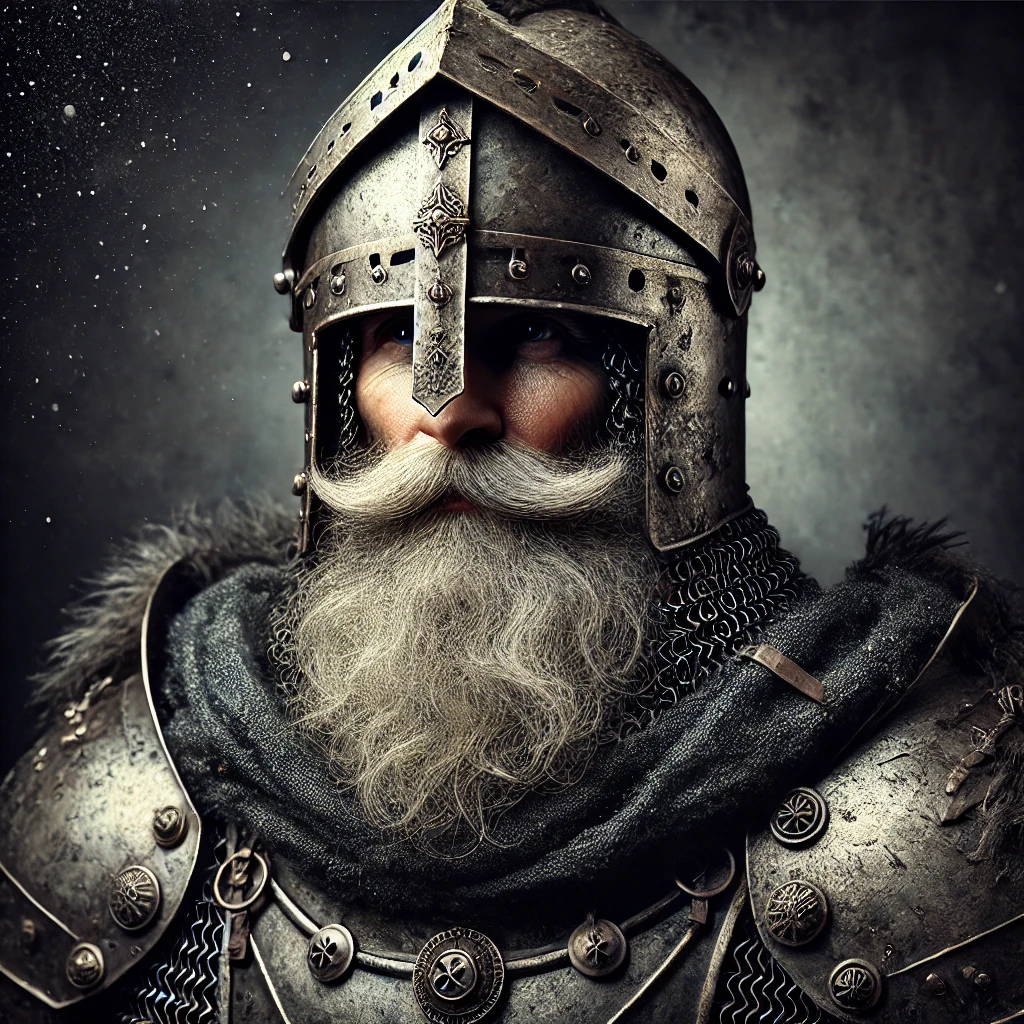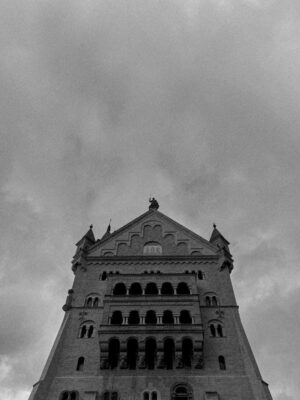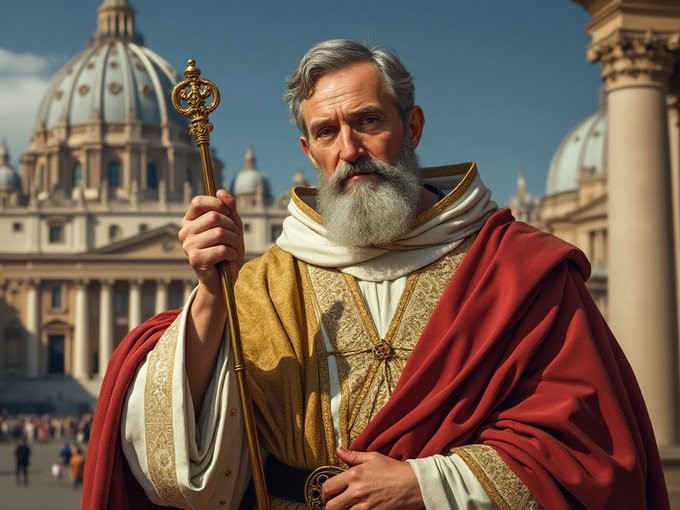Origins (1st–4th centuries)
The papacy traces its roots to Saint Peter, regarded by Catholic tradition as the first pope. This begins with Jesus’ declaration to Peter: “You are Peter, and on this rock, I will build my church” (Matthew 16:18). Early Christian leaders faced Roman persecution, serving as spiritual guides until Constantine’s Edict of Milan (313 AD) legalized Christianity, setting the stage for the church’s institutional growth
Rise of Papal Power (5th–9th centuries)
Following the fall of the Western Roman Empire (476 AD), the papacy grew into both a spiritual and temporal power. Pope Leo I (r. 440–461) increased the authority of the office, solidifying control over other bishops. The Donation of Pepin (754 AD) granted the papacy control over territories, leading to the formation of the Papal States, which established the pope as a political figure as well as a religious leader

Medieval Period and Conflicts (10th–15th centuries)
In the Middle Ages, the papacy struggled with monarchs and emperors, culminating in the Investiture Controversy, where Pope Gregory VII and Emperor Henry IV clashed over who could appoint bishops. The Avignon Papacy (1309–1377), when the pope resided in France, weakened the church’s authority, and the Western Schism (1378–1417) saw multiple competing popes, causing deep divisions within Christianity
The Renaissance Papacy (15th–16th centuries)
The Renaissance popes, including Julius II, transformed Rome into a center of art and culture by patronizing artists like Michelangelo and Raphael. However, their political ambitions and the sale of indulgences stirred controversy, contributing to the Protestant Reformation in 1517. This era reshaped Christianity by dividing Western Christendom and challenging papal authority

Counter-Reformation and Modernization (16th–19th centuries)
The Council of Trent (1545–1563) initiated reforms aimed at countering the Reformation, reinforcing papal authority, and promoting missionary expansion. In the 19th century, the papacy lost its temporal power as Italy unified, with the pope’s territorial control reduced to Vatican City, officially established as an independent state in 1929 through the Lateran Treaty
Modern Era (20th–21st centuries)
The papacy has continued to evolve, addressing social, political, and environmental issues. Pope John Paul II played a pivotal role in global diplomacy, particularly in opposing communism, while Pope Francis has emphasized poverty alleviation and environmental care. Today, the pope serves as both a religious leader and an advocate for global justice, guiding over a billion Catholics worldwide
Discover more from Articles Of AI
Subscribe to get the latest posts sent to your email.

